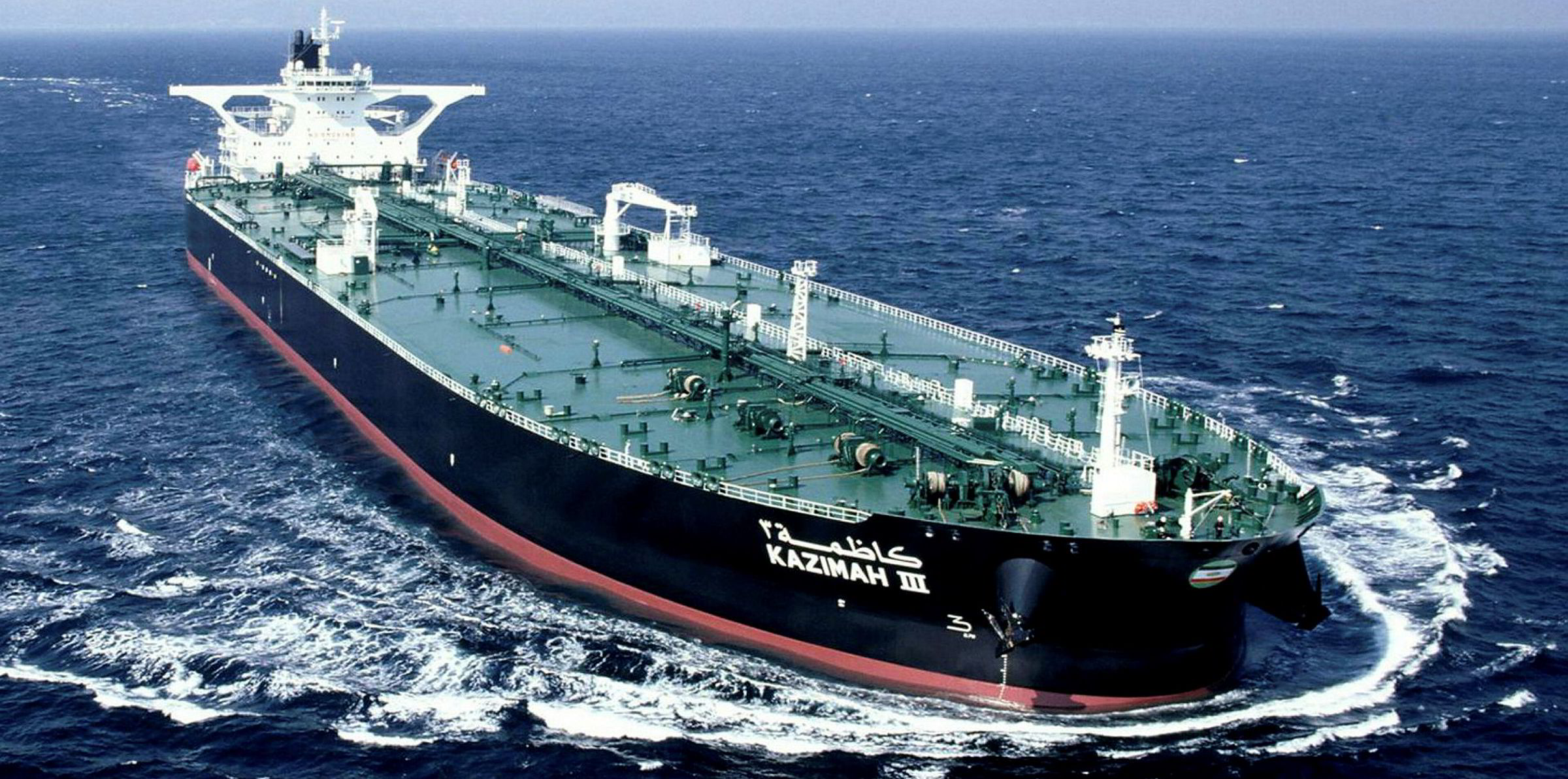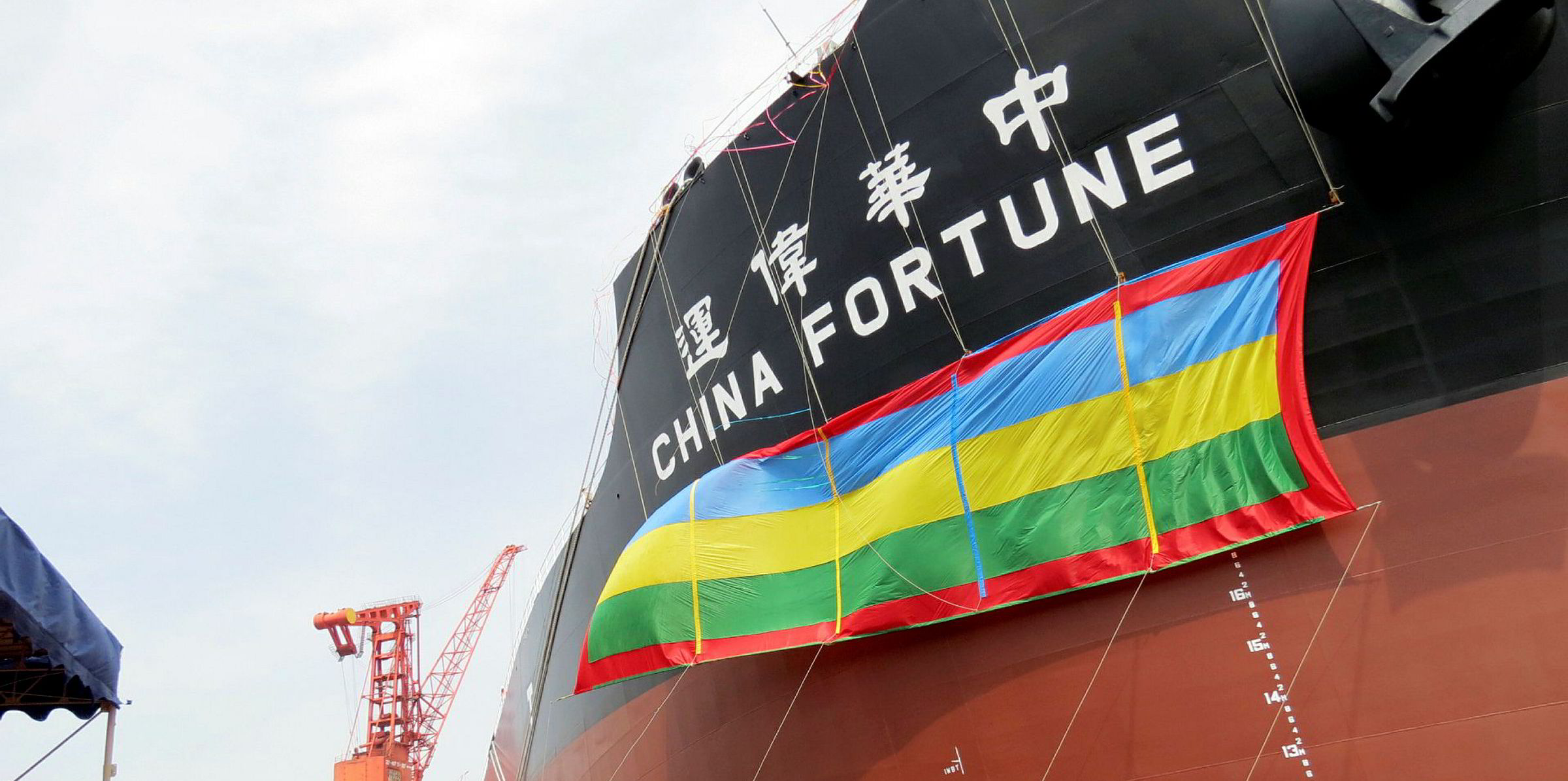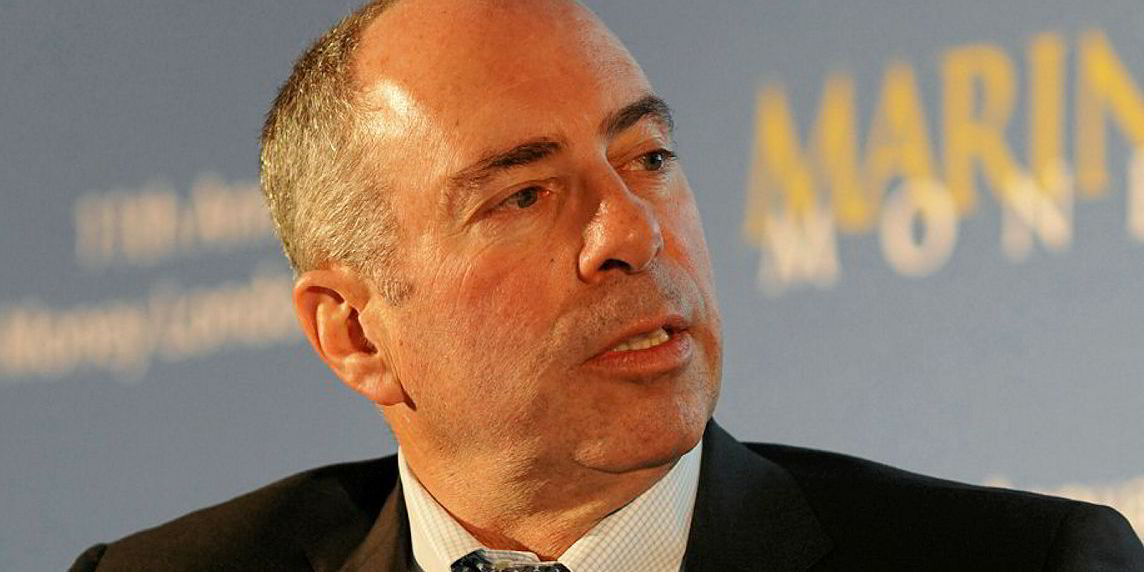Renewed charter activity across the globe has breathed life into VLCC markets, where spot earnings have hiked by nearly 40% this week.
Clarksons Platou Securities assessed global average earnings at $33,500 per day as of Wednesday morning, compared with $24,000 per day on Friday.
Market sources said charterers have finally come out in drove to fix end-July cargoes following two weeks of limited trading.
Tankers International data showed a total of 17 spot VLCC fixtures this week, already matching the total in the previous week. The figures included preliminary and failed deals.
“VLCC owners were holding a bit back at the end of last week. Then they had a busy start to this week," said a London-based broker.
Another suggested the rate hikes were related to “a slight positional glitch” as fewer ships were ballasting to the Atlantic basin lately.
US refiner Phillips 66 reportedly chartered the 314,249-dwt DHT Taiga (built 2012) to Unipec for a voyage charter from the Middle East Gulf to China at Worldscale 43, with a loading date between 22 and 24 July. The deal remained on subjects.
Similar deals were done at between WS 34 and WS 35 in the middle of last week.
Also, Trafigura is said to have fixed the 319,400-dwt Houston Voyager for a trip from the US Gulf to Singapore or China at a lumpsum rate of about $5.85m. The charter, which is still to be finalise, will see the cargo lifted between 4 and 6 August.
Both scrubber-fitted vessels were relets from oil majors who had chartered in tonnage.
Analysts have attributed the latest rally to firmer sentiment as oil producers are expected to raise output after August, while large tonnage is still tied up in floating storage use.
Between August and December, the Opec and its Russia-led allies have targeted to raise crude production by about 2m barrels per day.
According to the International Energy Agency, Opec production will increase by 2.7m barrels per day (bpd) from the third quarter to the fourth, followed by a similar-sized gain during the first half of next year.
“Virtually all of the increase should be on exports, implying a sharp jump in seaborne trade of around 15% from current depressed levels,” Arctic Securities said.
“Adding in a rebound in Russian production, the increase would be even larger.”
Clarksons Platou, the investment banking arm of shipbroker Carksons, estimates up to 100 VLCCs are currently used to store oil even though the numbers of smaller tankers deployed for the same purpose are decreasing.
“Thirty-five aframaxes were being used as floating storage at the end of last week compared to 46 the week prior while suezmax floating storage is at 55 vessels versus 58 the week before,” Clarksons Platou said.
“The relatively higher level of floating storage VLCCs has kept rates elevated despite the aggressive ongoing crude oil output cuts.”






